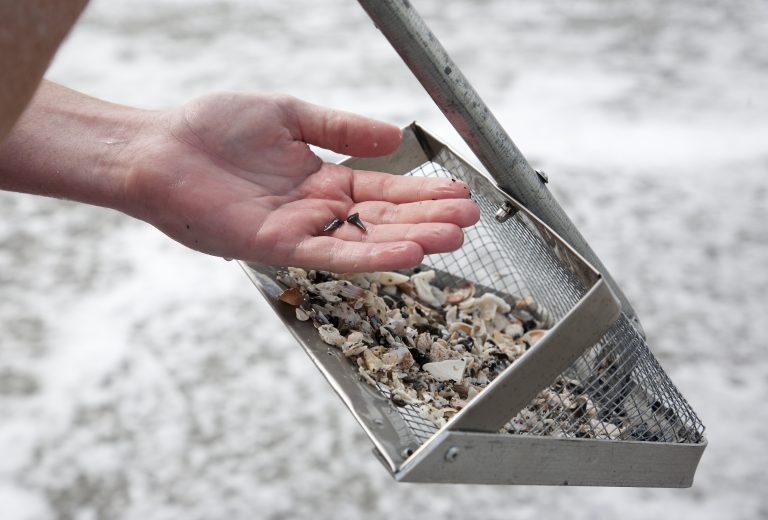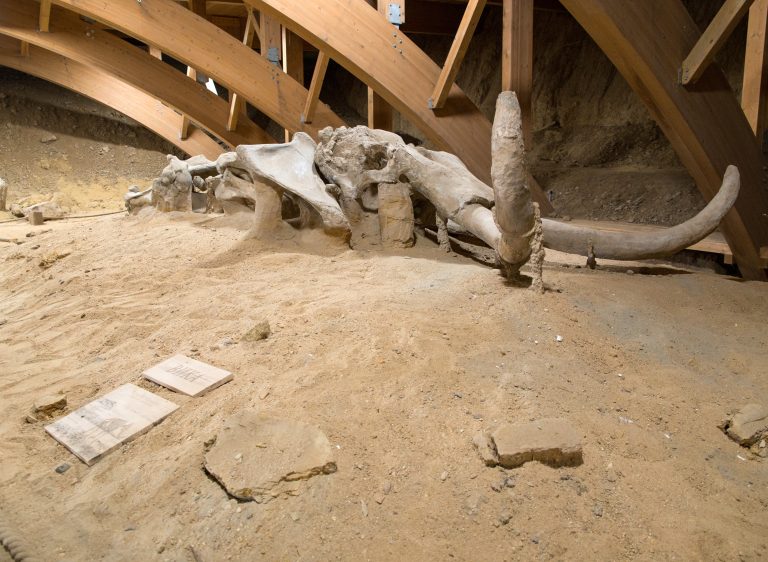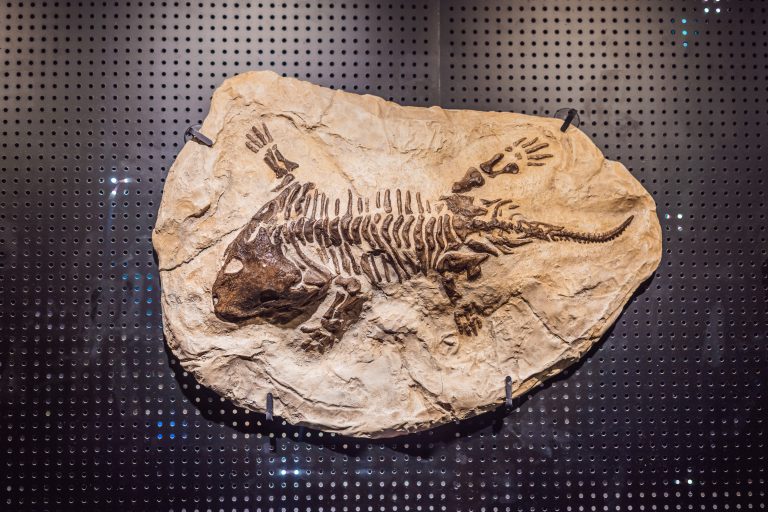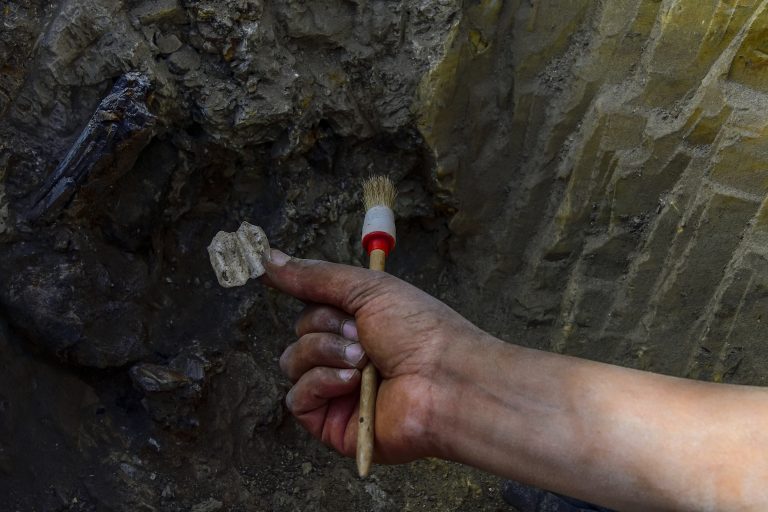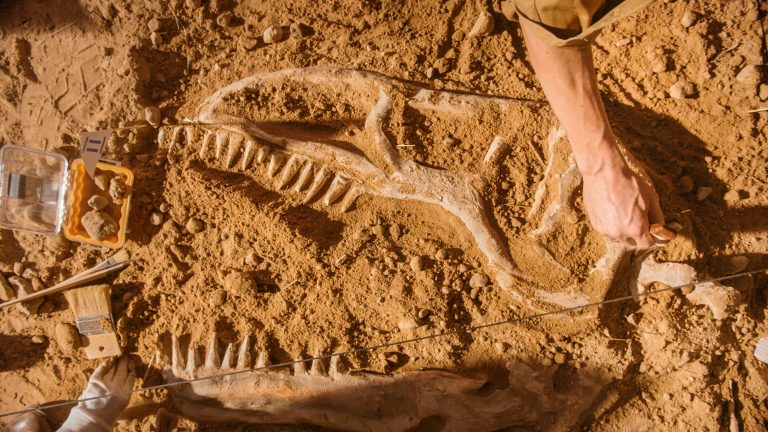10 Top Tips for Safe Paleontology Travel Adventures

Embarking on a paleontology travel adventure isn’t just about the thrill of unearthing ancient secrets; it’s about doing so responsibly and safely. As an experienced paleontological travel writer, I’ve got a treasure trove of tips to ensure your journey through time is as secure as it is exhilarating.
1. Choose the Right Gear

When you’re out in the field, the right gear can make or break your paleontological escapade. Picture yourself as a modern-day Indiana Jones—only swap the whip for a rock hammer and a sturdy brush. You’ll need protective clothing (think sturdy boots and a wide-brimmed hat), as well as specialized tools like a geologist’s pick and a GPS device for navigation. Remember, those fossils have waited millions of years; they can wait a little longer while you gear up properly.
Carrying a field notebook is also crucial. (You’ll thank me when you’re trying to recall the stratigraphic details of a site you visited weeks ago.) And don’t forget to pack extra supplies like bags and soft tissue for wrapping delicate finds. These items are amazing for keeping your discoveries safe until you can get them properly examined.
Lastly, always wear gloves. Not only do they protect your hands from sharp rocks and dirt, but they also minimize the oils and acids from your skin that could damage fragile fossils. It’s a simple step that preserves the integrity of your finds and your hands.
Hey hey! Don’t forget to subscribe to get our best content 🙂
2. Know the Local Laws
Before you set foot on what could be the next big dig site, familiarize yourself with the local laws and regulations. It’s not the Wild West out there; you can’t just claim a dinosaur bone because you saw it first. Many regions have strict rules governing fossil collection, and taking specimens without permission could land you in hot water—or worse, behind bars.
In some places, you may need to apply for a permit or join a sanctioned dig to legally collect fossils. Be sure to do your homework and understand the difference between public lands, where collecting is often restricted, and private lands, where you’ll need the owner’s consent.
Ignorance is no defense when it comes to the law. (Trust me, “I didn’t know” won’t cut it with a park ranger.) So take the time to research. It not only protects you legally but also ensures that important scientific information isn’t lost due to unauthorized or undocumented collection.
3. Travel with Experts

There’s no substitute for experience, especially when it comes to navigating the often complex world of paleontology. Traveling with experts can provide invaluable insights and guidance. These seasoned pros know the lay of the land and the subtle signs that might lead to a significant find, and they can teach you proper excavation techniques.
Joining a guided tour or a field school can be a game-changer. Not only do you get hands-on experience, but you also get to rub elbows with people who share your passion for prehistoric life. Plus, it’s always comforting to have someone around who knows what to do if you accidentally unearth a nest of scorpions instead of a Stegosaurus.
Personal anecdote time: I once found myself knee-deep in a marsh because I overestimated my navigational skills. Had it not been for the quick thinking of my guide, who had seen such blunders before, I might have become a permanent part of the landscape. So, tag along with those in the know—it could save your dignity and your boots.
4. Stay on Designated Paths
It’s tempting to go off the beaten path in search of untouched fossil beds, but doing so can be dangerous for you and damaging to the site. Designated paths are there for a reason; they protect both the visitor and the integrity of the landscape. Straying from these paths could lead to erosion, destruction of potential finds, or personal injury.
Staying on the trail also helps preserve the context of the site. (And context is everything in paleontology.) By sticking to the path, you’re ensuring that future visitors and scientists can continue to learn from the area. Plus, it’s embarrassing to be the person who stomped all over a rare discovery because they weren’t looking where they were going.
Remember, the allure of the unknown is powerful, but so is the pull of gravity when you tumble down an unseen ravine. Stick to the path, and you’ll keep the adventure positive and productive.
5. Be Weather-Wise

Weather can be as unpredictable as a hungry Velociraptor, and it can turn a dig site from a playground of discovery into a nightmare scenario in minutes. Always check the weather forecast before heading out, and be prepared for it to change on a dime. Dress in layers, and carry waterproof gear; being cold and wet is a surefire way to ruin an otherwise thrilling day.
Heat is another factor to consider, especially in arid regions where many fossils are found. Drink plenty of water, wear sunscreen, and take breaks in the shade whenever possible. Heatstroke is no joke, and it doesn’t matter how close you are to uncovering the next big find.
And let’s not forget about storms. Lightning and flash floods are serious hazards in many fossil-rich areas. If the sky starts to look threatening, it’s time to pack up and head for safety. Remember, no fossil is worth your life, no matter how complete that skeleton looks.
6. Respect the Ecosystem
Paleontology isn’t just about the past; it’s about understanding life in all its forms, including those that currently inhabit the dig site. Disturbing the local ecosystem can have ripple effects that extend far beyond your visit. Always be mindful of plant life, wildlife, and natural features.
Avoid leaving any food or waste behind, as it can attract wildlife that may not be accustomed to human food. (And a bear with a taste for your sandwich is the last thing you need at a dig site.) Stick to established campsites or areas when setting up for the day, and avoid trampling vegetation.
Remember, you’re a guest in these environments. Treat them with the same respect you’d want for your backyard, and you’ll not only protect the local flora and fauna but also ensure that the site remains pristine for future adventurers.
7. Document Findings Carefully

The thrill of discovery is matched only by the satisfaction of knowing you’ve contributed to our understanding of the past. That’s why documenting your findings with precision and care is paramount. Take detailed notes on the location, stratigraphy, and condition of any specimens you uncover.
Photography is a paleontologist’s best friend. Take multiple shots from various angles, ensuring that you have a comprehensive visual record of the find. And if you’re collecting specimens, label them immediately—you’d be surprised how easy it is to mix up your Triassic with your Jurassic when you’re back in the lab.
If you’re not sure how to document something properly, ask an expert. (They’re usually more than happy to gush about the right way to do things.) This attention to detail not only aids in scientific study but also provides a rich context for your memories of the adventure.
8. Pack for Emergencies
Always be prepared for the unexpected—it’s the motto of a wise paleontologist. Your emergency kit should include a first aid kit, a whistle, a fire-starting tool, and a signal mirror. These essentials could make all the difference if you find yourself in a bind.
Don’t forget extra food and water, either. It’s easy to underestimate how much you’ll need, especially when you’re out there digging up a storm. And always let someone know where you’re going and when you expect to return. It’s the simplest safety measure, but it’s often overlooked.
A multi-tool is another must-have. It’s like having a trusty sidekick that can cut, saw, or screw anything in a pinch. (And let’s face it, who doesn’t love a gadget that can do it all?) With these items in your pack, you’ll be ready for almost anything Mother Nature throws your way.
9. Leave No Trace Behind

As a paleontologist, you’re a steward of the past, and that comes with the responsibility to preserve it for future generations. Leave no trace of your visit, except for the careful documentation of your findings. Pack out everything you bring in, and if you find trash left by others, do the right thing and take it with you.
When it comes to excavation, use the least invasive methods possible. The goal is to remove specimens without altering the surrounding area any more than necessary. It’s a bit like surgery—you want to leave as small a footprint as possible.
Remember, every site has the potential to teach us something new, so treat them with care. By leaving no trace, you’re ensuring that the story of our planet can be told and retold for years to come.
10. Share Your Knowledge
The final and perhaps most rewarding part of your journey is sharing what you’ve learned with others. Whether it’s through a blog post, a presentation at your local museum, or just a chat with friends, spreading the knowledge you’ve gained enriches the entire community.
Teaching others not only solidifies your understanding but also ignites passion in those who may one day follow in your dusty footsteps. Encourage curiosity and respect for the past, and you’ll contribute to a future where paleontology continues to inspire awe and wonder.
So go ahead, and share your stories, your photos, and your knowledge. You never know who you might inspire to embark on their paleontological adventure. And isn’t that what it’s all about—passing on the torch of discovery to the next generation of fossil enthusiasts?
Whether you’re a seasoned fossil hunter or a novice with a newfound love for prehistoric life, these tips will help you navigate the practicalities and joys of paleontological travel. Keep them in mind, and you’ll not only have a safe and fulfilling adventure, but you’ll also be doing your part to ensure the wonders of the past remain to inspire future explorers.

